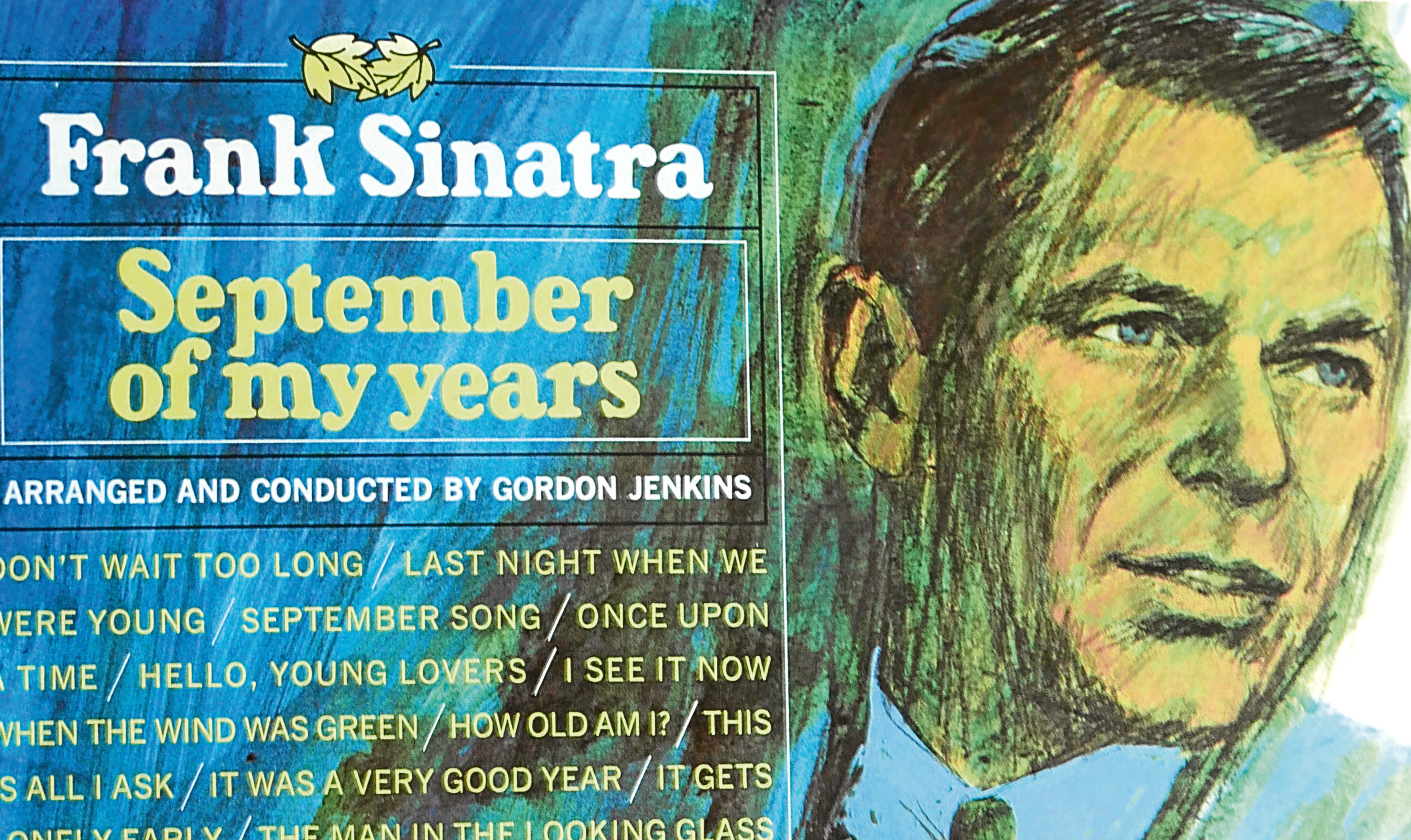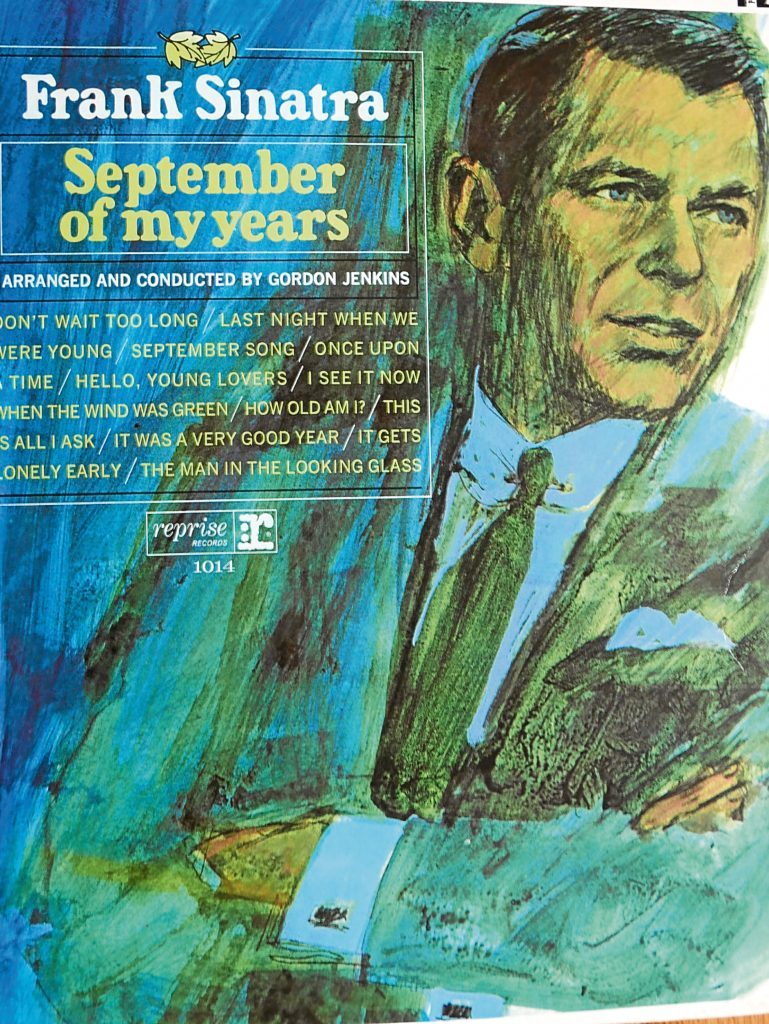A certain gentle mockery used to come my way from within the ranks of the Crumley tribe for using the word “record” when I meant a CD.
“It may be a CD”, I would say, “but it’s still a record”.
The problem is the sound of the word. The verb is re-cord with the accent on the “re” part of the word and one makes a re-cording. But it comes out on a wreckord not a re-cord.
Cue sundry smart-ass plays on words from within the tribe. I shouldn’t rise to the bait.
But it’s gone quiet on that front recently, because look what happened: wreckords are back, actual wreckords, made of actual vinyl, played on an actual wreckord player and spelled records.
There are those, of course, those slaves in the court of the style guru, who will point out that the word is vinyl, that you collect vinyl, not records, that you shop in a vinyl store not a record shop.
At which point I tell them that no, vinyl is simply what the record is made from and it makes no more sense to call a record a vinyl than it does to call the sleeve a cardboard.
Ah, they tell me but you don’t use the indefinite article with vinyl. It’s not “a vinyl” it’s just “vinyl”. Like Foo Fighters, I tell them, not The Foo Fighters.
Their shiny little faces light up, delighted that I have heard of Foo Fighters and eager to sell me a selection of Foo Fighters’ vinyl. I really shouldn’t rise to the bait.
They think they’ve invented vinyl – I mean records. They refer me to websites. I refer them to the cupboard in the lobby where I kept all the records I didn’t want to part with when records changed into CDs, patiently awaiting the return of civilisation.
And lo! It came to pass.
And suddenly, they are interested in records. They want to know what I have. When I tell them original LPs of the Shadows, the Beatles, Roy Orbison, Duane Eddy, Archie Fisher, Runrig (the first album – signed!), Benny Goodman, Oscar Peterson, Frank Sinatra, Ella Ftizgerald (the songbooks, gold dust!), a bunch of jazz musicians they have never heard of, Beethoven piano concertos and a boxed set of the symphonies, Pablo Casals…
They snap out of the glassy-eyed stare when I pause for breath. You know, they tell me, that a lot of that is collectable.
I know, I tell them. I collected them. And now that it’s easy to get record players again and hook them up to the hi-fi, I’m playing them again and oh, the joy,
The trouble with CDs and all the other manifestations of recorded music which grace our lives in 2017, is twofold: one is that they don’t sound the way the music should and the other is that they lack style, presentation, sophistication.
They lack the package.
Here, for example, is Frank Sinatra’s September of My Years, recorded in 1965, in mono if you please.
First of all, look at that sleeve. It is an original portrait of Sinatra. They painted his picture, just to go on the sleeve. Just to hold the sleeve in your hands is to hold a work of art.
Then there are the sleeve notes on the back, written by Stan Cornyn.
I have no idea who Stan Cornyn is but I know he can write. Here, in about 350 words, he has sketched the moment, in prose which is three-quarters of the way to poetry, as befits the greatest singer’s greatest album.
A small sample: “Tonight will not swing. Tonight is for serious.
“Inside, the musicians, led by coatless, posture-free Gordon Jenkins, rehearse their voice-empty arrangements. Waiting for his arrival.
“Outside, in the hall, the uniformed guards wait and wonder what to do with their hands.
“Unruly fiddle players, who love recording like they love traffic jams, tonight they bring along the wives, who wait to one side in black beaded sweaters.
“And these wives and these fiddle players all of these are different tonight. For in a few minutes a poet will begin to speak of years ago…”
You haven’t even taken the record out of the inner sleeve yet, nor yet dropped the needle on to its groove, nor yet heard the first familiar bars of the title song and the voice – the one with the definite article in front of it:
“One day you turn around and it’s summer,
“Next day you turn around and it’s fall…”
And Stan Cornyn ended his notes thus: “September can be an attitude or an age or a wistful reality. For this man, it is a time of love. A time to sing.
“A thousand days hath September.”
Now that’s what I call a record.

